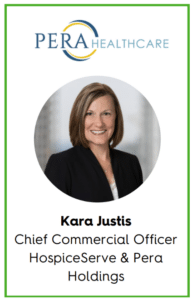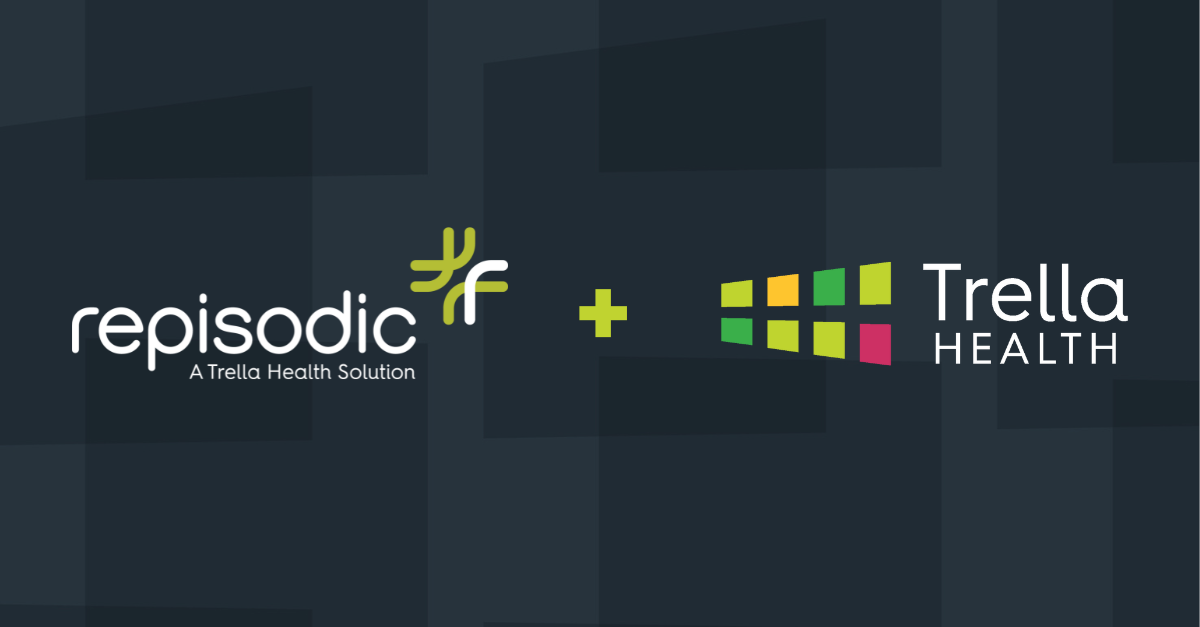 Customer Spotlights
Customer Spotlights
Trella Health’s General Manager of Post-acute Provider Growth, Jess Chew, interviewed Kara Justis, Chief Commercial Officer at HospiceServe and Pera Holdings to discuss how implementing a CRM integrated with market insights can empower sales teams and build progressive customer relationships.
The Challenge: Evolving Sales Dynamics Post-Pandemic
The post-acute care industry has faced increasing challenges, especially following the pandemic. According to Kara Justis, Chief Commercial Officer at HospiceServe, access to referral sources has become one of the most pressing issues.
With many healthcare providers growing accustomed to limited vendor interactions during the pandemic, reestablishing contact has become more difficult. Additionally, increased market competition has amplified the challenge of securing referral sources’ time and attention.
Moreover, referral sources demand more from vendors—they expect in-depth knowledge, not just of the vendor’s offerings but of the broader healthcare landscape. Sales representatives must be able to provide evidence-based insights and maintain enriched, ongoing conversations to stand out.
The Solution: CRM as a Strategic Tool for Sales Empowerment
To overcome these challenges, HospiceServe adopted Trella Health’s CRM integrated with its Marketscape Insights solution. This strategic move enhanced their ability to track and manage interactions efficiently, ensuring that each customer engagement builds on previous conversations.
The key objectives of CRM utilization at HospiceServe include:
- Tracking Key Interactions: Sales reps document interactions to retain vital insights and ensure every new conversation is progressive.
- Maximizing Limited Access: With access to referral sources constrained, sales teams use the CRM to prepare for meetings by leveraging market insights and customer-specific data. This ensures that every engagement is purposeful and well-informed.
- Progressive Dialogue: The CRM captures important details, such as customer challenges and preferences, enabling reps to reflect on past conversations. For example, if a referral partner prioritizes communication, the next meeting builds on that by exploring solutions related to effective communication strategies.
As Kara puts it, “It’s all about showing up, having the right message, and building on every interaction.”
Through consistent effort and the use of CRM tools, HospiceServe has empowered its sales team to maintain high performance despite industry challenges.
Optimizing Territory Planning and Performance Metrics with CRM
Kara emphasizes the importance of effective territory planning, which is crucial for ensuring sales representatives are strategically positioned to maximize their impact. To optimize territory planning, HospiceServe leverages CRM insights in several ways:
- Account Management: The team ensures that all relevant accounts are in the CRM and organizes them into parent accounts, allowing for better visibility and decision-making. This helps differentiate between individual physician offices and groups, facilitating more efficient territory planning.
- Mapping and Analysis: By exporting account data to mapping tools like Google Maps, they can visualize where each rep is spending their time. This analysis helps identify inefficiencies, such as reps traveling long distances to visit a few accounts, allowing for adjustments to improve coverage and reduce travel time.
- Account Monitoring: The team regularly reviews accounts that haven’t been called on for a specified period. If an account is inactive, ownership may shift to ensure it receives attention. This strategy encourages reps to maintain up-to-date information and reinforces the use of parent accounts.
Key Performance Indicators (KPIs)
Kara outlines two primary KPIs that are critical for her organization’s daily operations:
- Activity Levels: Daily tracking of documented activities is essential. The organization expects all sales activities to be logged the same day, and performance is measured against established benchmarks. Regular assessments ensure that activity levels remain high, as falling behind can significantly hinder sales progress.
- Uncontacted Accounts: The team closely monitors accounts that have not been contacted, especially those assigned to sales representatives. Immediate attention is given to understanding why these accounts are inactive, allowing for prompt action to ensure proper engagement
Watch the LIVE panel discussion on-demand here
















